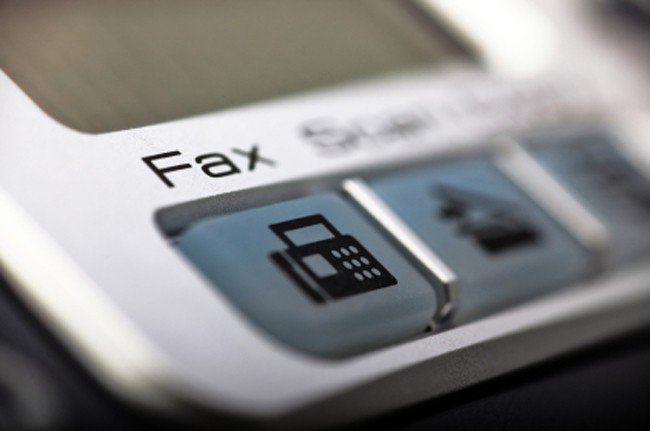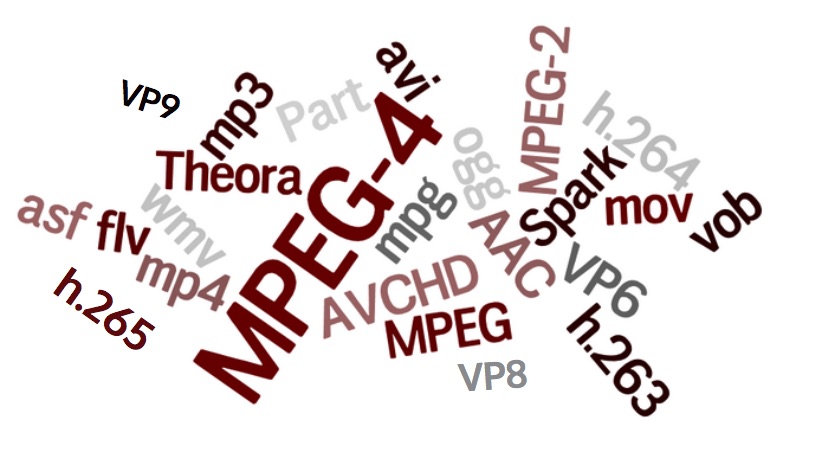
As we have seen in the previous blog article , there are major problems in carrying faxes over IP. Let’s see why Faxing over IP is a reliable standard for transmission of faxes.
A standard which makes the communication much more reliable, whenever conditions are not optional, is T.38.
The T.38 fax relay standard was devised in 1998 as a way to permit the transmission of faxes across IP networks between existing Group 3 (G3) fax terminals. T.38 carries T.30, the protocol used by faxes, over a packet-oriented connection.
 Let’s examine which available solutions allow for the transmission of faxes over IP and the best practises that reduce related problems.
Let’s examine which available solutions allow for the transmission of faxes over IP and the best practises that reduce related problems. Desired video codecs mainly fall between VP8 (and its evolution VP9) and H.264 and H.265. Other formats, such as H261 – H263 – H263p, can be mainly found in legacy conferencing systems and should be avoided.
Desired video codecs mainly fall between VP8 (and its evolution VP9) and H.264 and H.265. Other formats, such as H261 – H263 – H263p, can be mainly found in legacy conferencing systems and should be avoided. Wideband audio provides high-definition voice quality for telephony calls,
Wideband audio provides high-definition voice quality for telephony calls, This time we will analyze what are the main characteristics to take into consideration when choosing codecs for communication systems.
This time we will analyze what are the main characteristics to take into consideration when choosing codecs for communication systems.